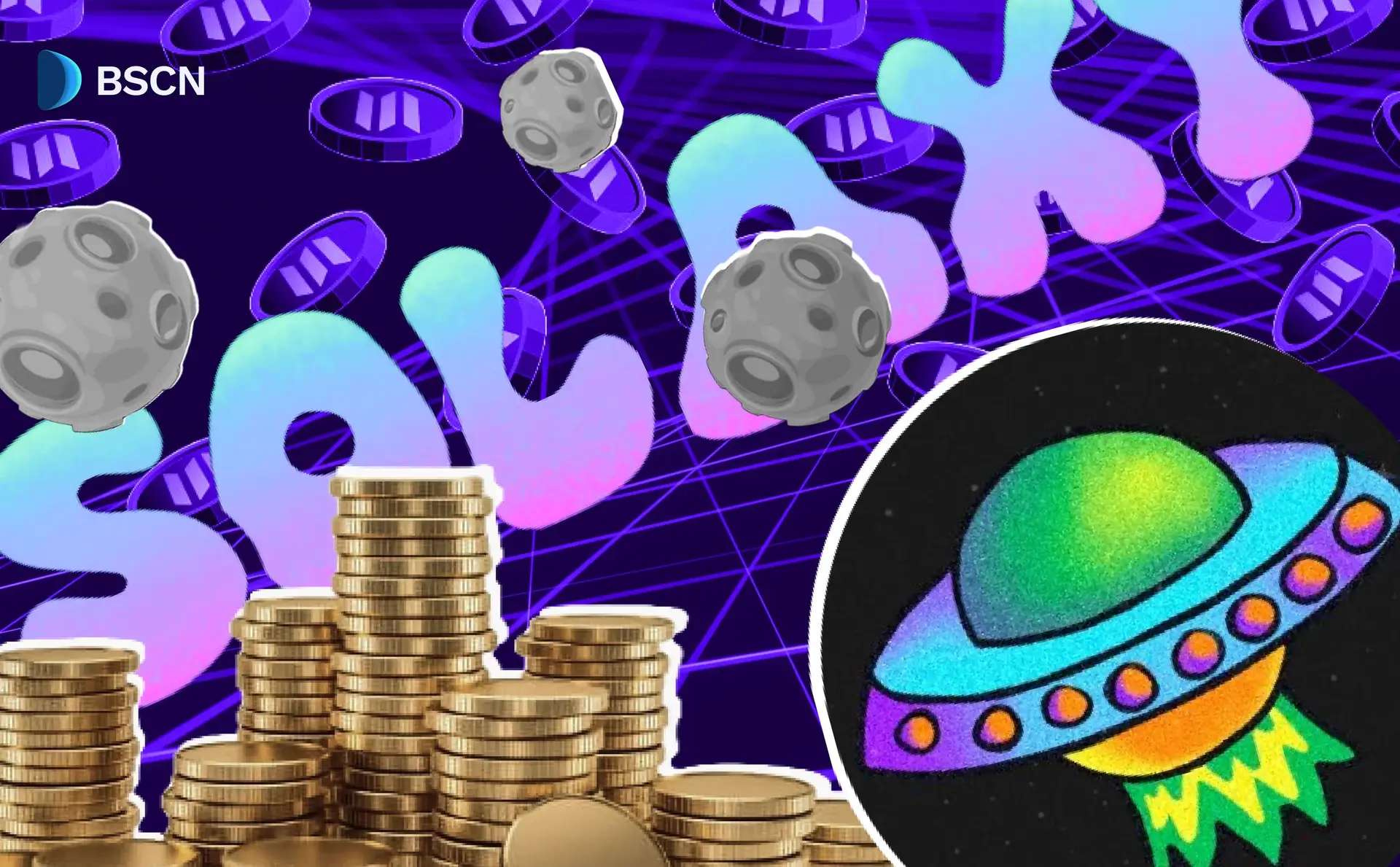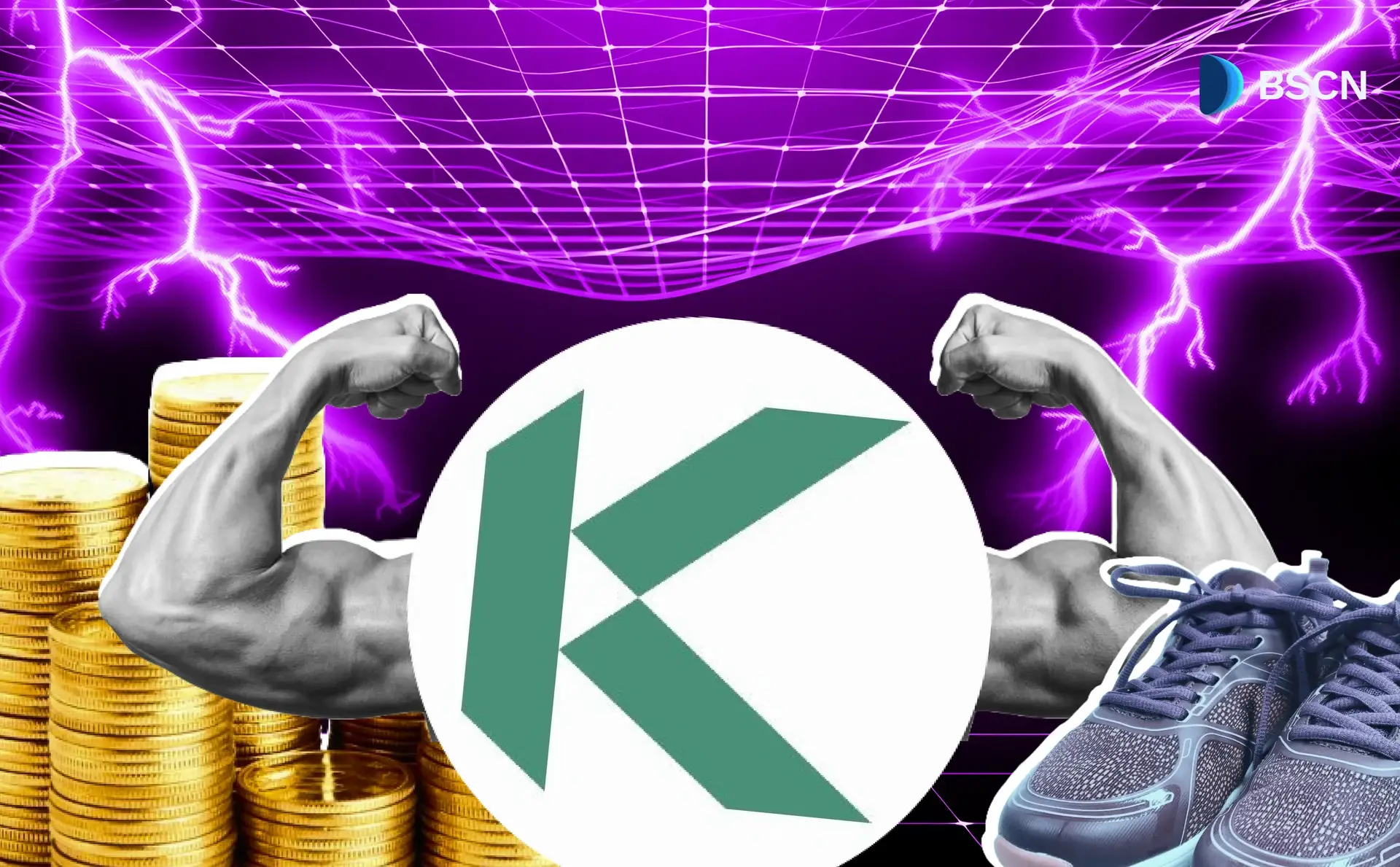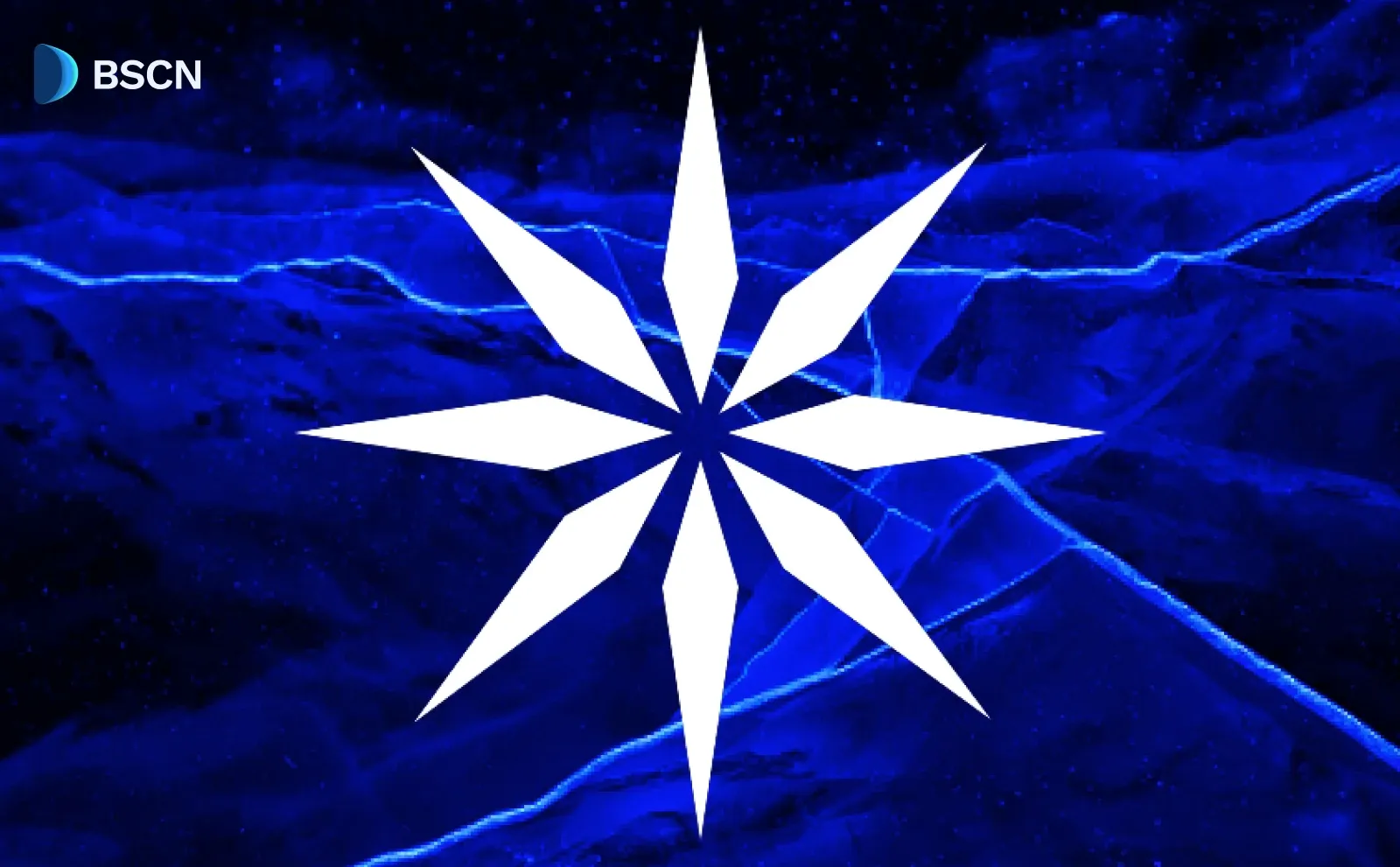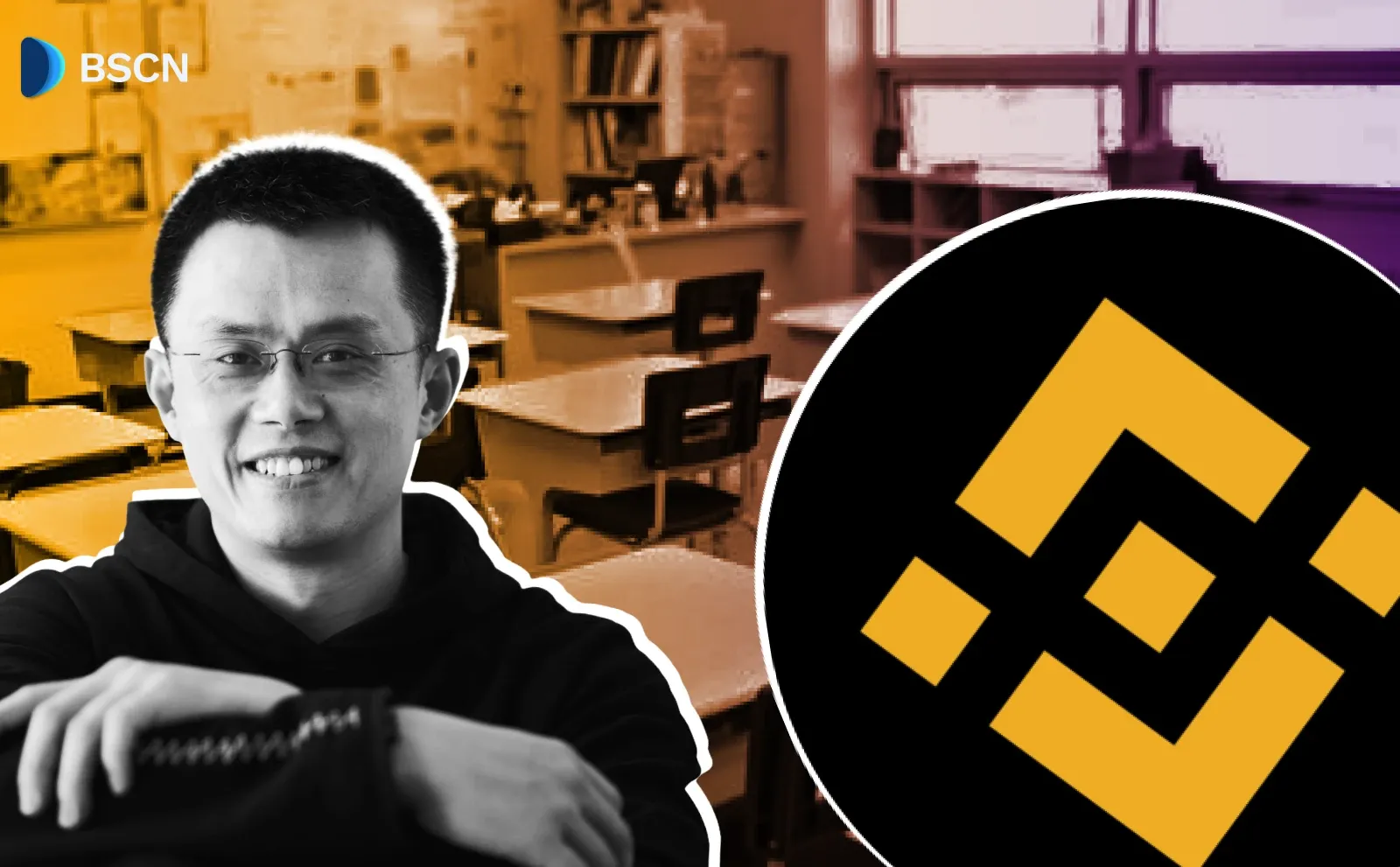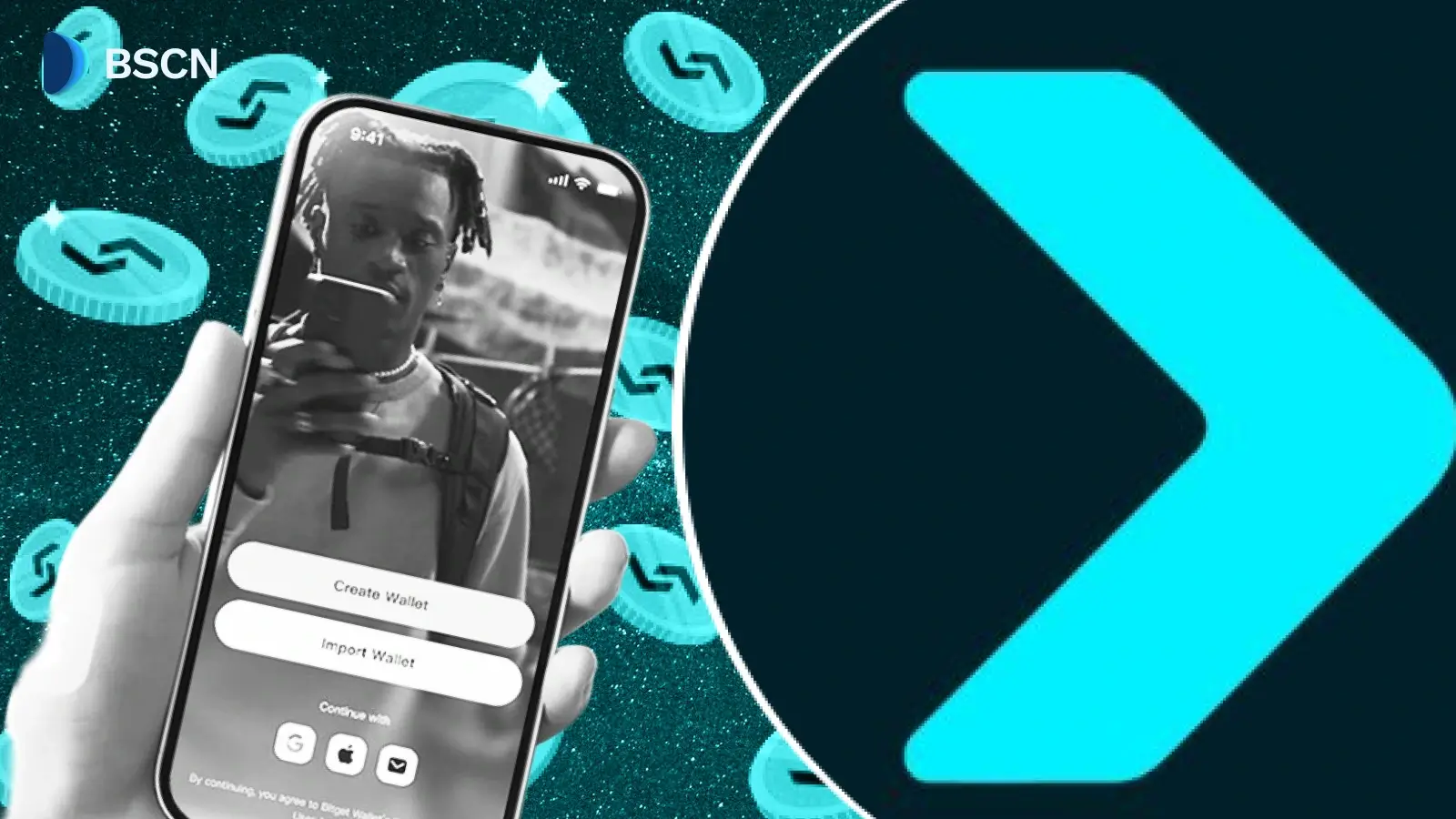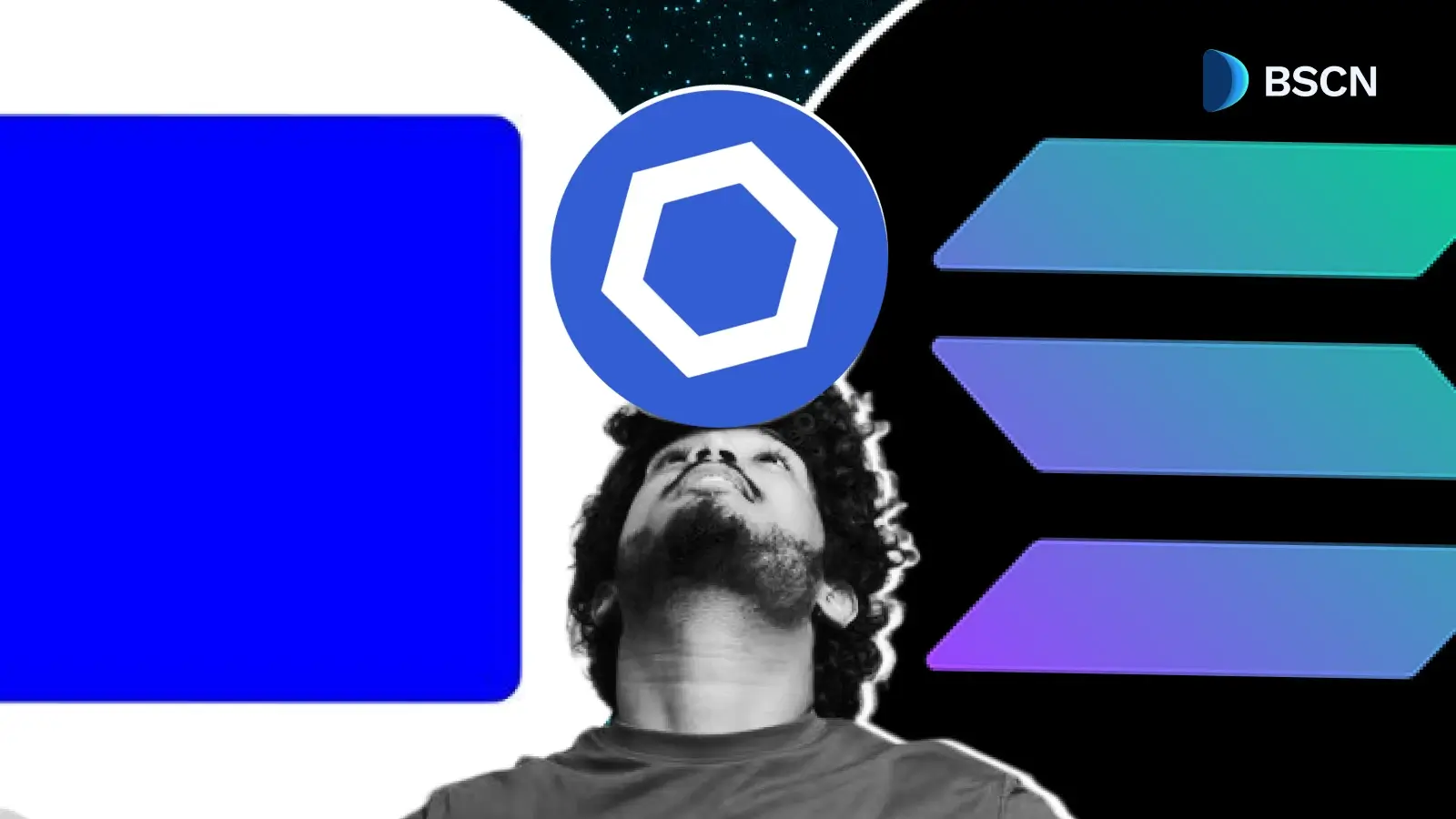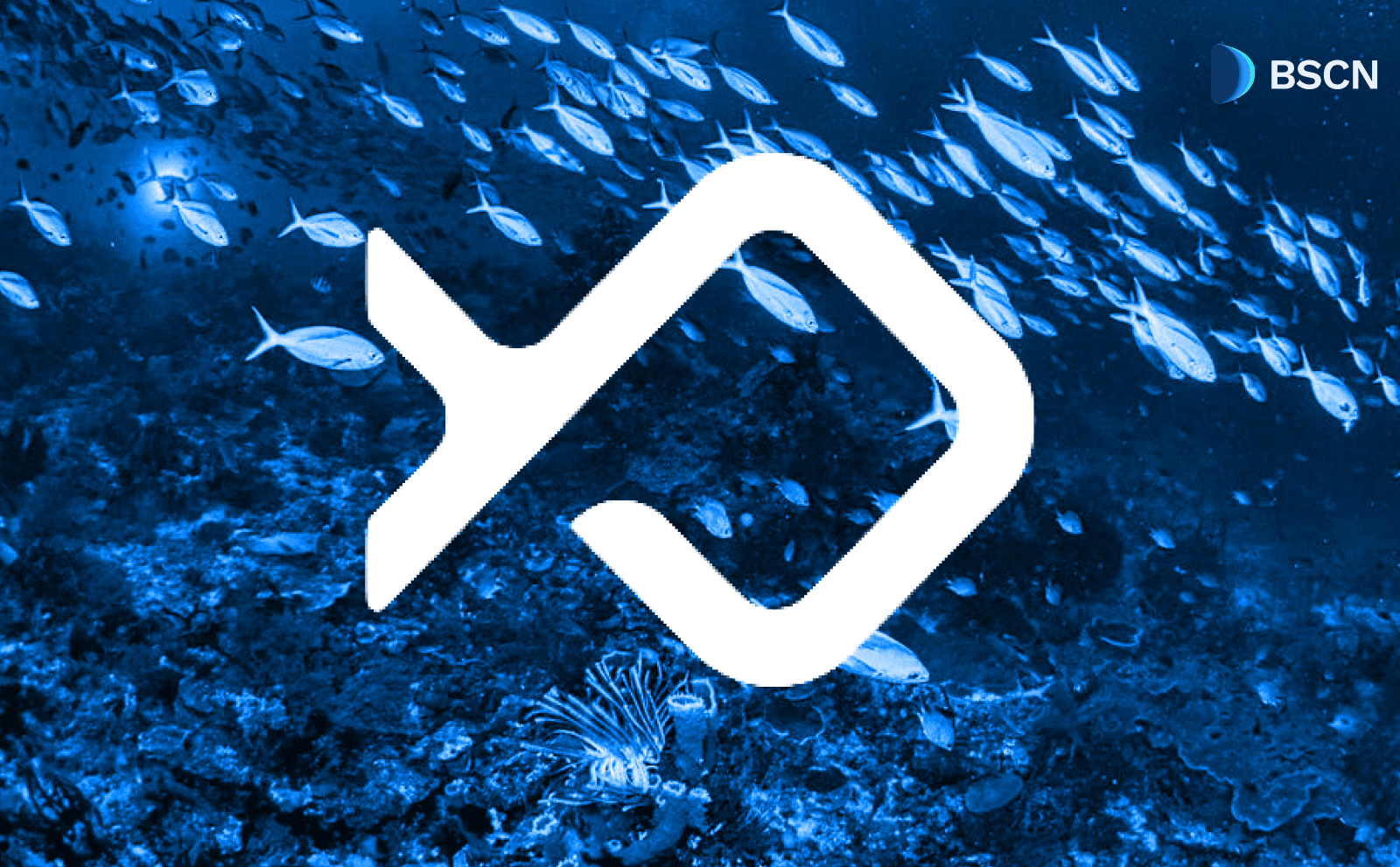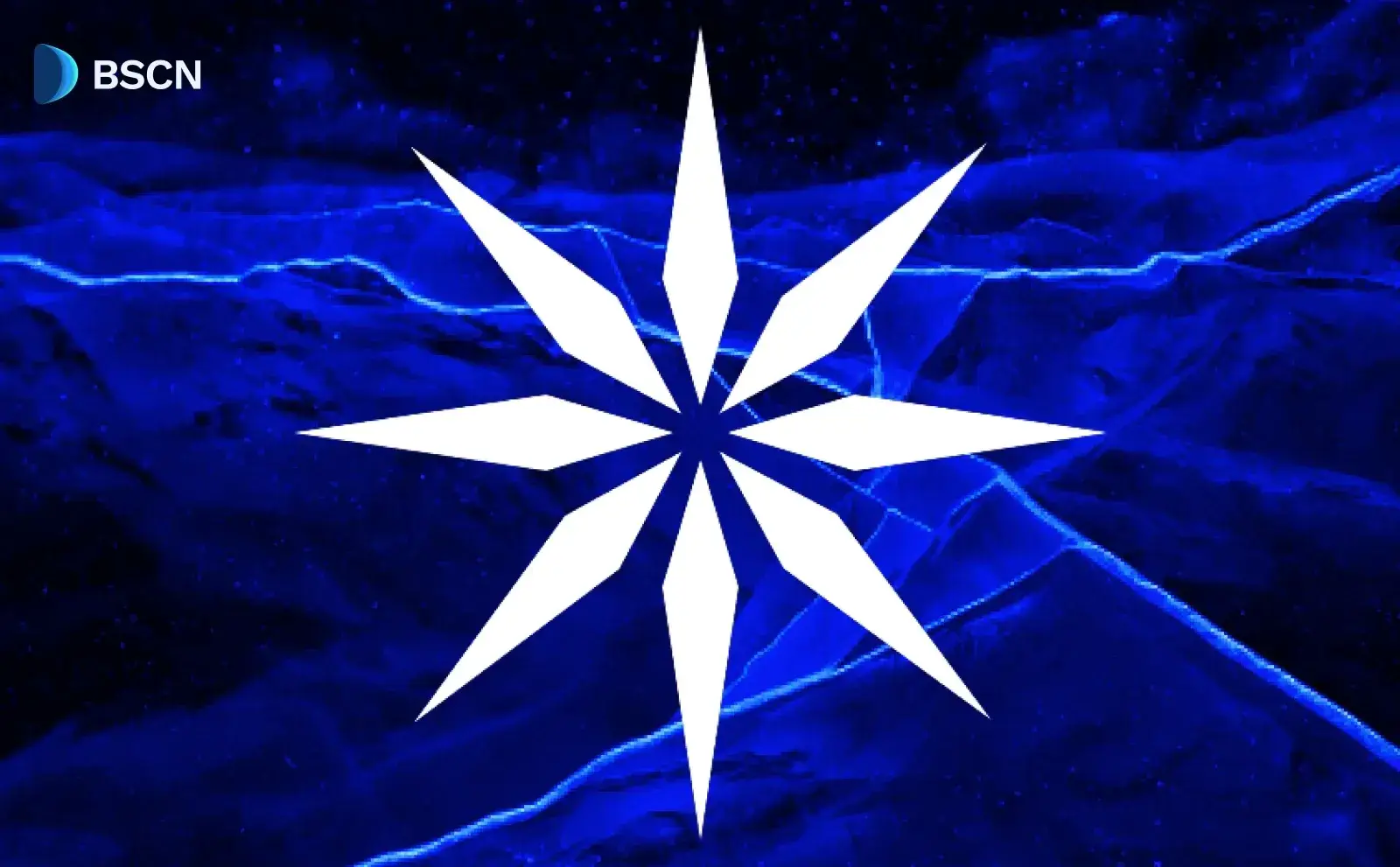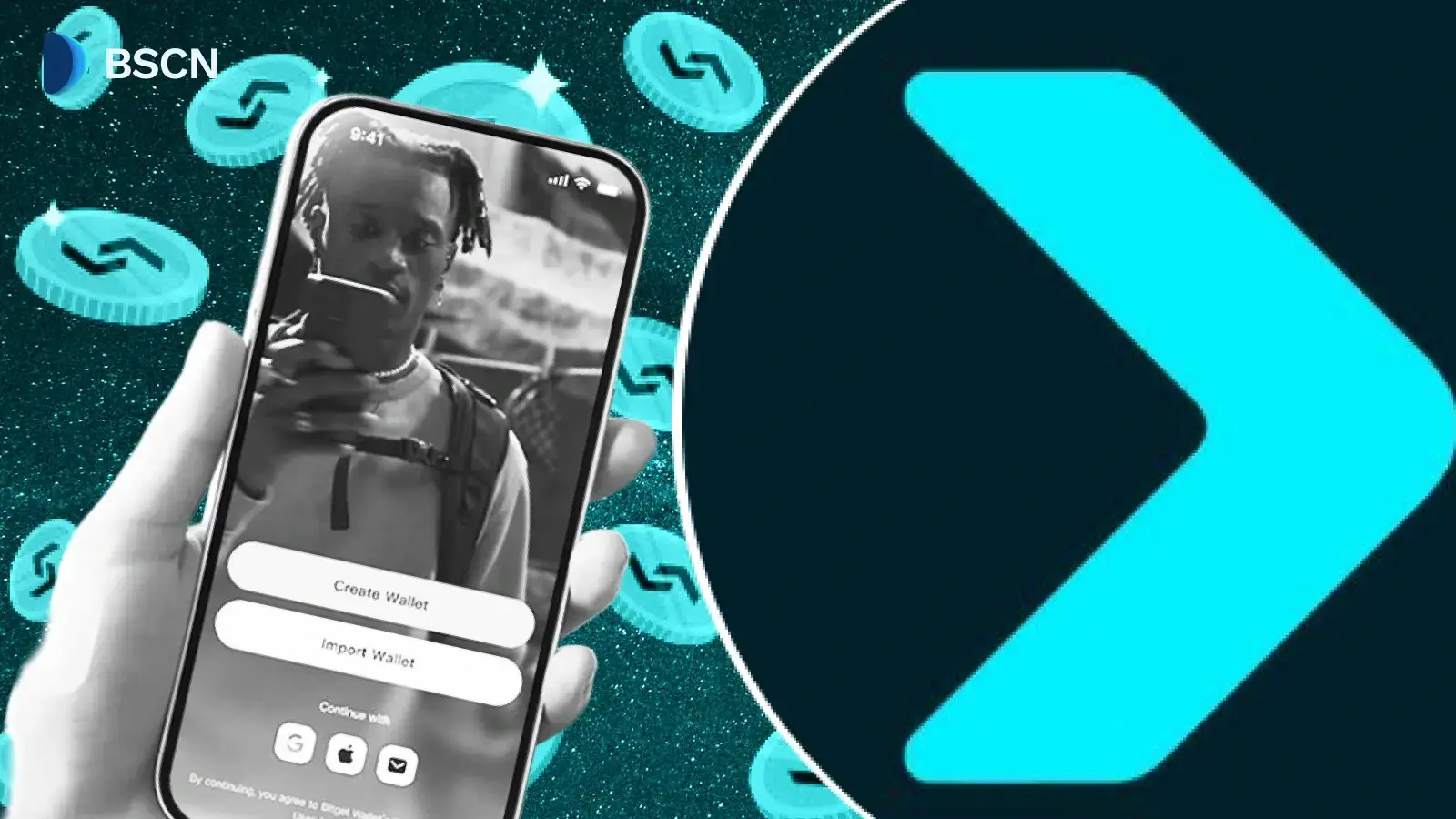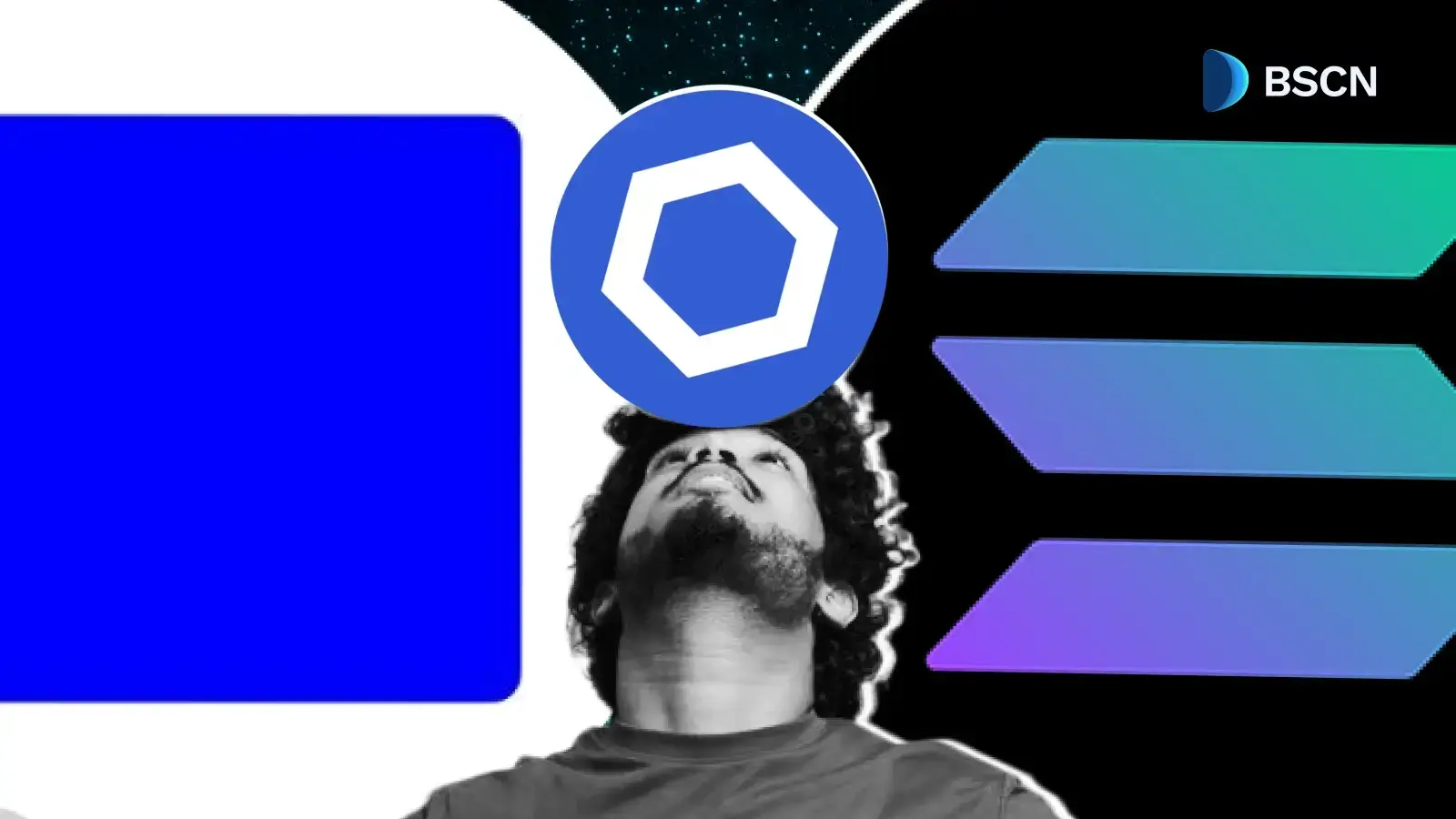ETH
(Advertisement)
Project Insight: SushiSwap
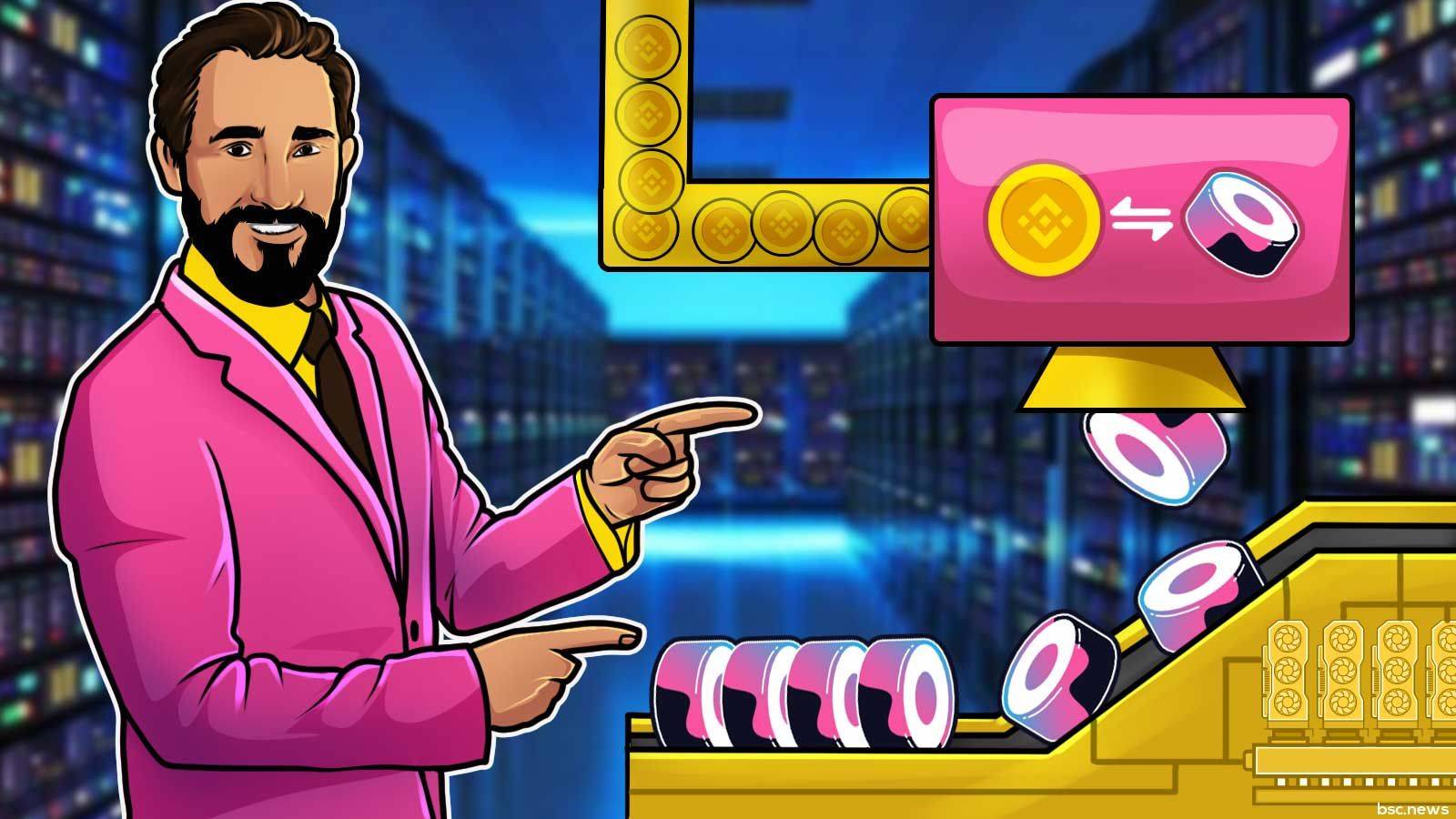
The team has lifted the platform to a higher level, making it an integral part of the Yearn ecosystem and a top player in the De-Fi landscape. Further, the protocol is beginning to deploy its contracts onto the Binance Smart Chain.
BSCN
March 9, 2021
(Advertisement)
Table of Contents
Introduction
SushiSwap is a decentralized exchange (DEX) that leverages automated market-making (AMM) and yield farming mechanisms. This protocol was launched on the Ethereum Network in the summer of 2020. SushiSwap successfully cloned the popular UniSwap protocol and added Yield Farming and its governance token, $SUSHI. This process was coined a "Vampire Attack," as SushiSwap successfully siphoned a large portion of UniSwap liquidity using the incentives it provided users in $SUSHI.
Sushi Swap has recently deployed the Sushi contracts on several other blockchains to offer an alternative to the high Ethereum gas fees. Next to the Binance Smart Chain (BSC) they have also launched on Fantom, Polygon (previously Matic), xDai, and the cross-chain platform Moonbeam.
This was announced on March 3rd by SushiSwap CTO Joseph Delong on Twitter.
In turn, SushiSwap is one of the biggest AMMs in the De-Fi landscape, with an average daily volume of $300,000,000. The protocol holds a staggering 3.2 Billion dollars in liquidity, making it a worthy top 10 De-Fi project.

The SushiSwap AMM is now live on the BSC, offering its swap for multiple chains (depending on which chain is connected). The AMM can be found HERE! Users can also choose to provide liquidity on existing pairs or create new ones. Although the Sushi Farming products are not yet available on the BSC, users still earn the generated trading fees (0.25%).
While there are no liquidity incentives, another option is to buy $SUSHI on the PancakeSwap AMM and make it into an LP token. The current available pair is for SUSHI/ETH, and users can begin earning rewards in CAKE for providing this liquidity on PCS.
Notably, the SushiSwap is extending its services further to the BSC. With the bridge of Sushi contracts and future developments on the way, such as BentoBox, SushiSwap poses a series of competition to other BSC AMM's. Recently, the BSC has been flooded with AMM's all of which adopt from the basic SushiSwap model. If these new AMM's don't offer novel innovation, the bridge of SusiSwap will siphon a large amount of liquidity. The protocol will soon offer novel lending solutions alongside many developments, outpacing other AMM's and solidifying itself as a top DeFi protocol.
Sushi Token

The SushiSwap Token $SUSHI is the farming and governance token for the SushiSwap platform.
It was initially designed to have infinite inflation, meaning that there would be no maximum number of tokens. After a governance vote, it was decided that a hard cap of 250,000,000 tokens will be the maximum supply; although not programmed into the contract yet, this will be the total supply. The team is currently looking for ways to implement such a hard cap.
The emission rate is 100 $SUSHI per block, at ~13 seconds per block (Ethereum). The current circulating supply is 127,244,443 tokens, about half of the maximum supply. Despite the inflation, the token price is still rising, trading at about $18- at the time of writing.
At the moment, there a 3 million Binance Pegged $SUSHI tokens on the BSC, with 3,700 holders. On its native chain, Ethereum, there are 37,000 holders of the token. Once Sushi releases more products on the BSC, I am sure those numbers could see a significant shift.
A Look Into the Future
In a Proposed V3 protocol update, SushiSwap could make use of franchised or Centralized Exchange pools. Exchanges would create a sub-pool on which their users can participate in the project.
This is to make De-Fi more accessible for a broader audience that is not versed in crypto.

BentoBox Lending is set to be released soon; the contracts are awaiting their audit reports and can then be deployed. Quantstamp and Peckshield, two renowned auditing services, are performing the audit.
The lending protocol will have some unique features. It only uses one pool for all assets utilizing an adjustable interest rate. To perform this, BentoBox and will use several oracles and TWAP (Time Weighted Average Price) feeds to establish correct price indications. If you want more in-depth information on BentoBox, click THIS link

MISO stands for Minimal Initial SushiSwap Offering. The protocol will offer out-of-the-box solutions for projects that want to launch their token.
Execution will be done through smart contract integration and cloning technologies mastered by the "Vyper" coders of the team. SushiSwap MISO makes it possible to launch a functioning DeFi protocol seamlessly and efficiently. After a few simple steps, the automated process has the capabilities to execute the following functions:
- Deploys a crowd-sale contract
- Creates a fixed supply ERC20 token
- Funds crowd-sale contract with the new tokens
- Creates a liquidity launcher
- Funds liquidity launcher with a portion of new tokens
- Deploys a fresh SushiSwap pool
- Create a new MasterChef farm
- Funds farm with reward tokens and gets it ready
- Registers the SLP token and allocate points for the new farm
- Sends remaining tokens to a wallet
- Launch a tokenized object
These are the options for the full option pack (MISO Full Flavor), but there are five recipes to choose from. This makes things very easy for businesses that want to launch a token but have little expertise. In turn, SushiSwap is expanding its protocol in many different aspects with the end goal of promoting mass adoption of DeFi. For more information on MISO click HERE
Further, the team announced that it would provide more information and technical support for projects that want to integrate SushiSwap natively. The team has incentivized projects such as wallets and other dAPPs that want to build with SushiSwap. This will be done through an emission-enabled liquidity pool paying 0.1x. An excellent initiative to attract new partners. Lastly, the team is currently working on a new governance model using Aragon Protocol. More info regarding governance can be found HERE.

Summary
After its launch in August 2020, the SushiSwap protocol was very successful, and many users flocked to the liquidity incentives. Besides a slight hiccup, when MasterChef Nomi dumped his tokens, SushiSwap has been an unstoppable force. That event caused a crash in the $SUSHI price the community was furious. After initially saying that he had every right to take it, he later decided to return the $14 million worth of $ETH to the developer fund. Since then, team has rebuilt and established a new sense of Ethos. Credible members on the team such as Sam Bankman-Fried and 0xMaki helped revive the protocol among a plethora of other "Chefs."
Since then, the protocol has created a partnership with the Yearn Finance ($YFI) ecosystem and other (crypto) projects. Sushi Chef 0xMaki has experienced great success since then. He and the rest of the team have lifted the platform to a higher level, making it an integral part of the Yearn ecosystem and a top player in the De-Fi landscape.

I can only hope that they will bring all functionality over to the BSC. I can't wait to get into those farms, but I am not paying those Ethereum gas fees.

Do you want to find out more about the SushiSwap Project? Then check out their website and social media pages:
Read Next...
Disclaimer
Disclaimer: The views expressed in this article do not necessarily represent the views of BSCN. The information provided in this article is for educational and entertainment purposes only and should not be construed as investment advice, or advice of any kind. BSCN assumes no responsibility for any investment decisions made based on the information provided in this article. If you believe that the article should be amended, please reach out to the BSCN team by emailing [email protected].
Author
 BSCN
BSCNBSCN's dedicated writing team brings over 41 years of combined experience in cryptocurrency research and analysis. Our writers hold diverse academic qualifications spanning Physics, Mathematics, and Philosophy from leading institutions including Oxford and Cambridge. While united by their passion for cryptocurrency and blockchain technology, the team's professional backgrounds are equally diverse, including former venture capital investors, startup founders, and active traders.
(Advertisement)
Latest News
(Advertisement)
Crypto Project & Token Reviews
Project & Token Reviews
Comprehensive reviews of crypto's most interesting projects and assets
Learn about the hottest projects & tokens
Latest Crypto News
Get up to date with the latest crypto news stories and events



